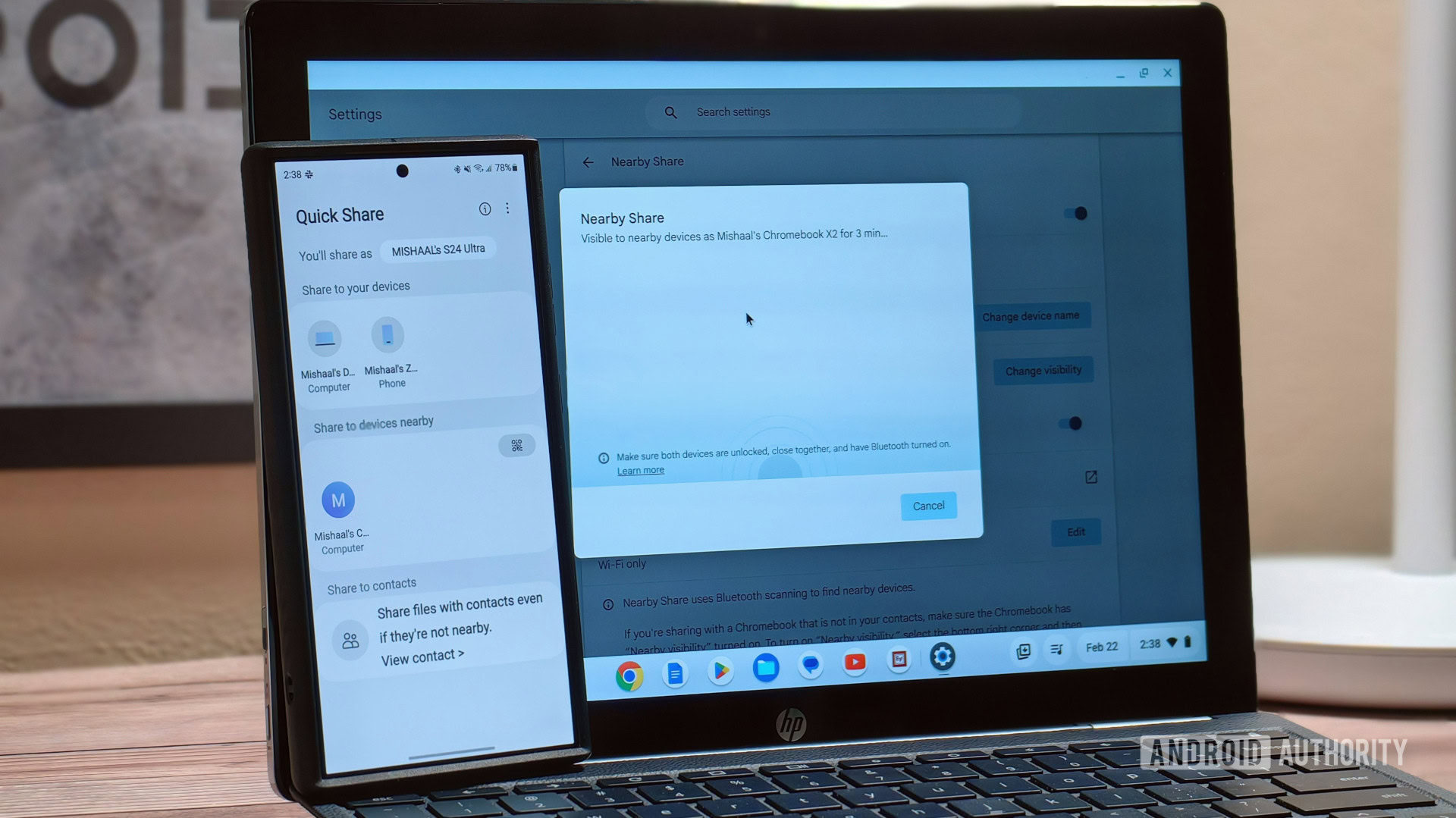
Mishaal Rahman / Android Authority
TL;DR
- A new Chrome OS flag has appeared that enables the Quick Share feature by default.
- Quick Share is Google’s local file sharing service that works between Android, Chrome OS, and Windows.
- The visibility setting will default to “Your Devices,” meaning you’ll only be able to share files with your own devices, but this can be changed.
Moving files between your Android phone and Chromebook is really simple, thanks to Quick Share. Quick Share is Samsung’s and Google’s file-sharing service that lets you transfer any number of files, both small and large, over a local network connection, meaning your files don’t pass through the cloud. Although enabling Quick Share on Chrome OS is quite easy, Google is preparing to enable it by default anyway to increase its adoption.
Quick Share has been available on Chromebooks since Chrome OS version 91 was released in June 2021, back when the feature was still called Nearby Share. Over the years, it has received updates that added a touch of Material You design to the sharing screens and introduced Self-Share to remove the confirmation when sharing files with your own devices. Google now has plans for an overhaul of Quick Share for Chrome OS, which not only includes enabling the feature by default but also removing the Selected Contacts visibility.
A few days ago, Google introduced a new flag to the Chrome OS codebase called “Quick Share V2.” This flag “enables Quick Share v2, which defaults Quick Share to ‘Your Devices’ visibility, removes the ‘Selected Contacts’ visibility, [and] removes the Quick Share On/Off toggle.” The flag’s description is pretty self-explanatory, but in case you aren’t familiar with it, the Your Devices visibility setting allows file transfers only when the other device(s) are signed into the same Google Account as your Chromebook. The removal of the Selected Contacts visibility setting means you won’t be able to selectively filter out which of your contacts can share with you — it’s everyone or no one. Lastly, removing the on/off toggle means you won’t be able to fully disable Quick Share on your Chromebook anymore, though setting the visibility to Your Devices means you won’t be bothered by other people trying to share files with you.
These changes will bring Quick Share for Chrome OS in line with Quick Share for Android, which already behaves this way. Because Quick Share is prominently displayed throughout Android’s share menu, there’s a possibility that some users who weren’t aware they could share files with their Chromebook through the feature will now know they can. After all, enabling Quick Share right now on Chrome OS requires diving into settings, which is something that some users simply don’t bother with.
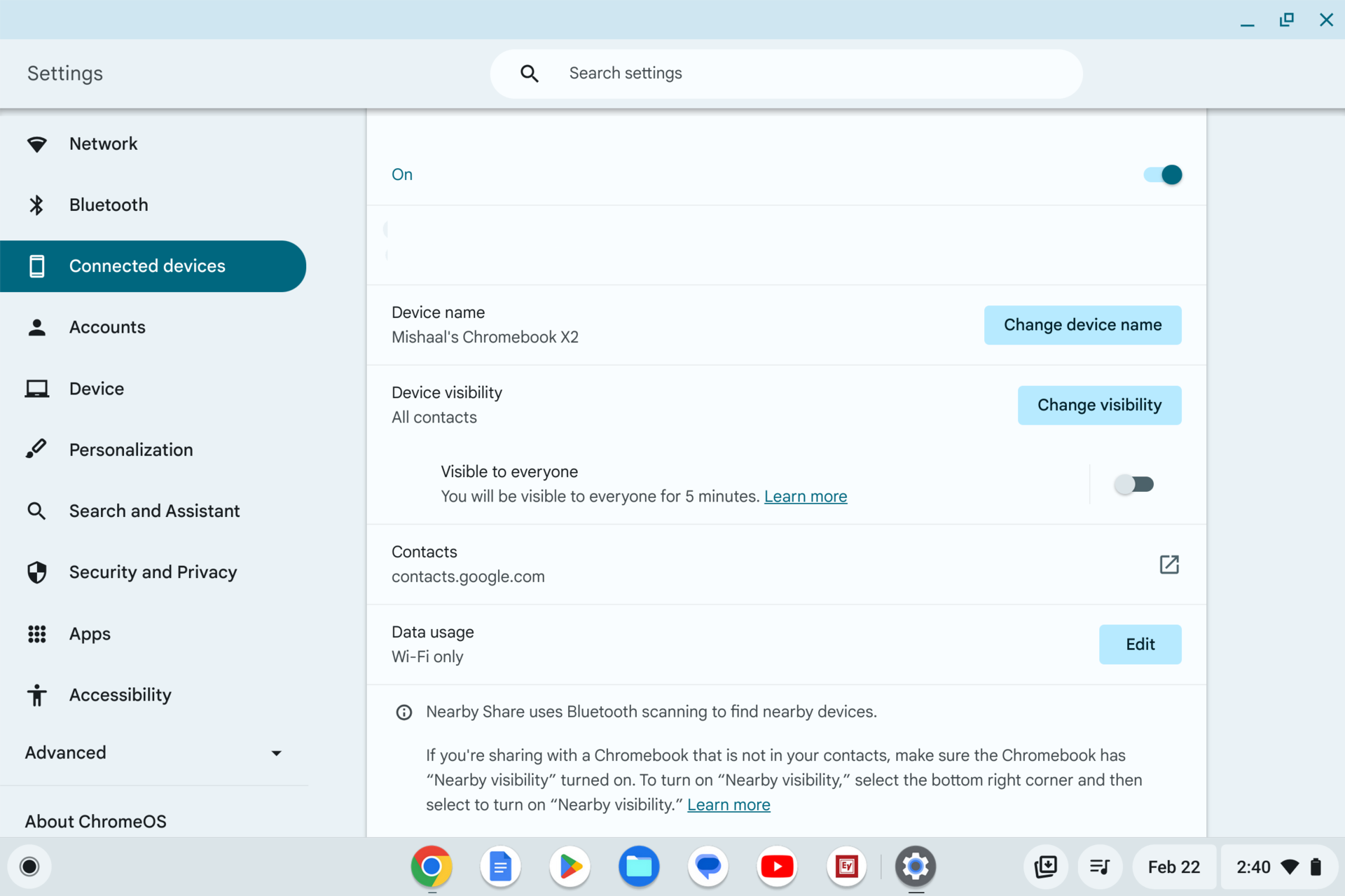
Mishaal Rahman / Android Authority
Since this Quick Share V2 flag was just merged, it should appear soon on Chromebooks running Chrome OS Canary builds. However, the flag isn’t enabled by default yet, so we don’t know when Google plans to roll out this minor overhaul. The latest stable release of Chrome OS is version 126, but Google is currently testing version 128 in developer channels. It’s anyone’s guess when Quick Share V2 will roll out, but we’ll keep an eye on the Chrome OS codebase to find out when that’ll happen.
Although Quick Share V2 seems to involve only minor changes to the feature, Google is separately working on a big upgrade that could be eventually included under the V2 rollout. Quick Share for Chrome OS may soon utilize a peer-to-peer Wi-Fi connection for faster file transfers, bringing its performance in line with Android-to-Android transfers. Google must first enable support for peer-to-peer Wi-Fi in Chrome OS before Quick Share can take advantage of it. Fortunately, it’s been working on that over the last few months, so it’s only a matter of time before this upgrade arrives on Chromebooks.
Got a tip? Talk to us! Email our staff at [email protected]. You can stay anonymous or get credit for the info, it's your choice.

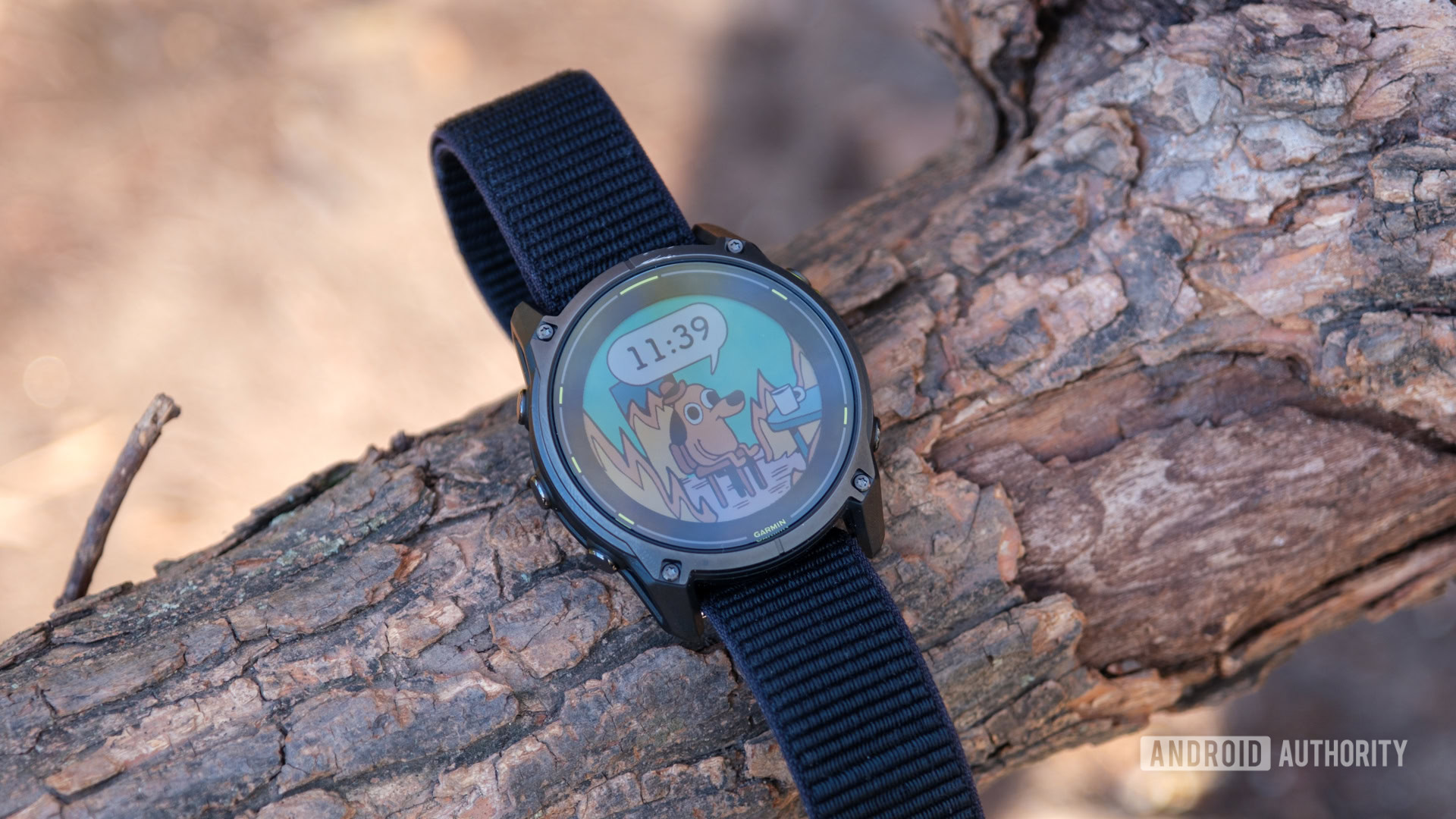
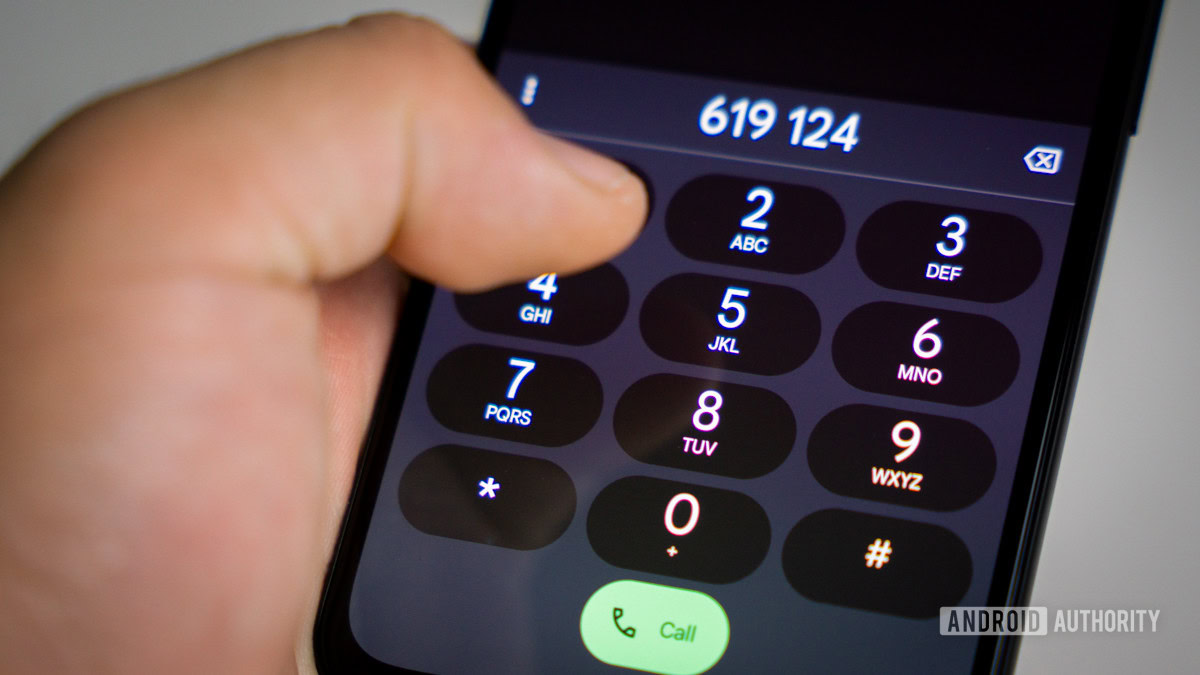
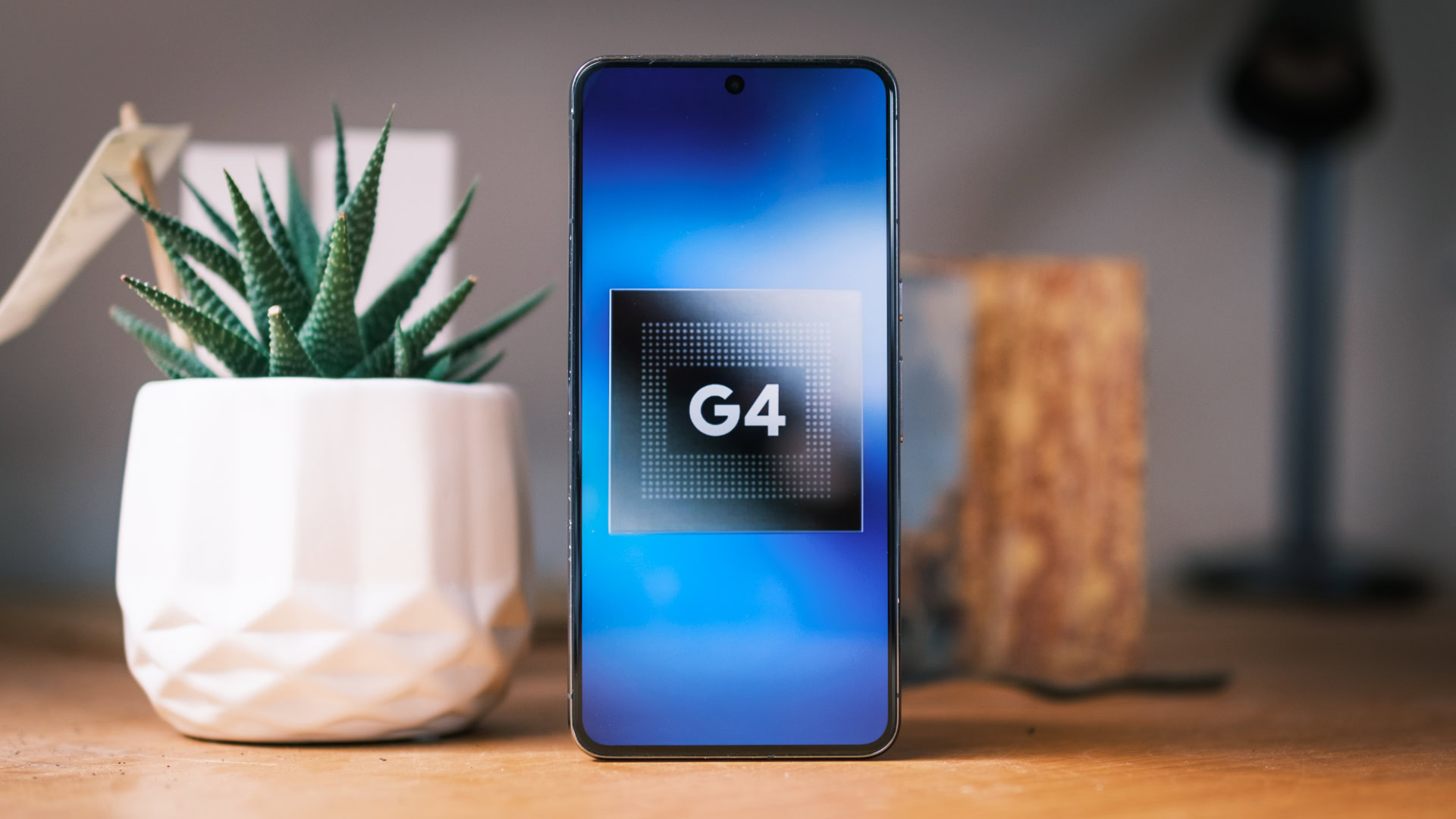




 English (US) ·
English (US) ·